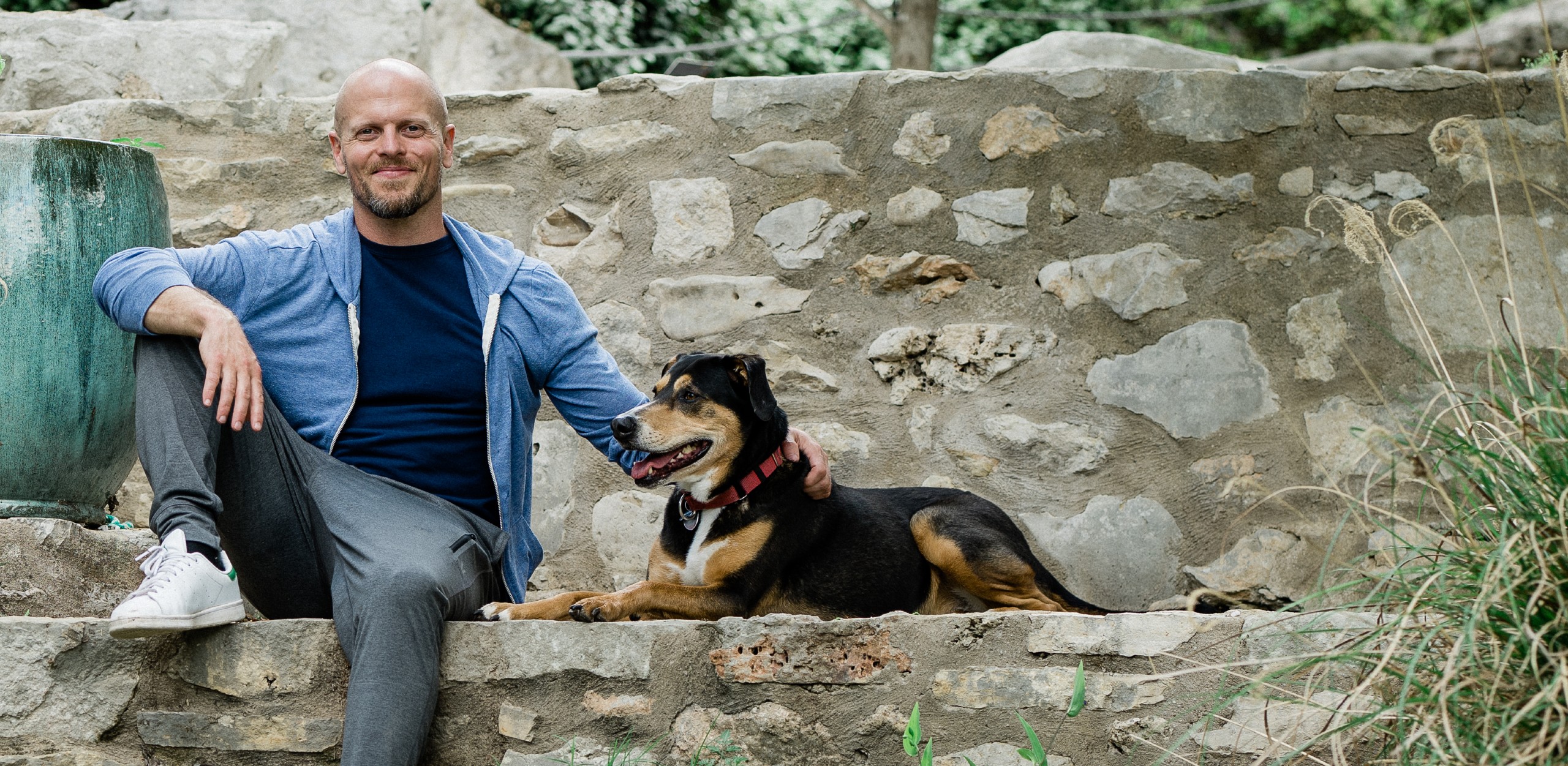Derek Sivers is a stud. I thought I’d share the conversation we had at SF MusicTech Summit. Dozens of topics covered include:
– Testing asssumptions vs. cheating
– PR and reaching out to unreachables
– Micro-testing ideas and products: from The 4-Hour Workweek to Trent Reznor
– Personal outsourcing for creatives
– Filling the void and creating meaning outside of the inbox and office
Derek is a programmer who lost his stage fright by doing more than 1,000 gigs as a circus ring leader. He is also the musician who started CD Baby, the world’s largest online music store for independent musicians. Here are some current numbers:
– 242,846 artists sell their music at CD Baby
– 4,574,622 CDs sold online to customers
– $83,590,381 paid directly to the artists
With more than 2 million digitized tracks under management, CD Baby is also the largest provider of independent music for iTunes… and it all started as a hobby.
How does it work now that it’s enormous? From Derek’s blog:
When I was the owner and president of CD Baby, it ran without me, and I hardly spent 4 hours on it in the last 6 months. It’s wonderful.
Here are a few snippets from our conversation… Continue reading “The Philosophies of Work: A Conversation with Derek Sivers of CD Baby”








